Political Editor, BBC Scotland
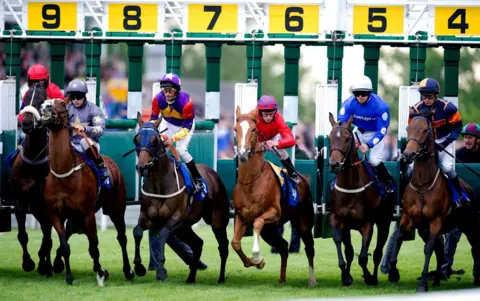 SNS
SNSThe famous Hamilton Park Racecourse lies on the edge of town, just beyond the boundary of the Holyrood constituency where voters are set to elect a new MSP.
Its presence is a useful reminder that few places in Scotland are as familiar with runners and riders, favourites and outsiders.
The current political race in this former coal mining heartland of west central Scotland will decide who represents Hamilton, Larkhall and Stonehouse in the Scottish Parliament following the death of the SNP’s Christina McKelvie.
It also has wider significance.
It is the largest test of voter opinion in Scotland since the UK general election in which Labour heavily defeated the SNP.
It is also the first real opportunity to see if Reform UK’s recent successes in England can give them what they call a “tartan bounce”.
The outcome will help shape the political narrative in Scotland ahead of the national Holyrood election next May.
While Hamilton has its place in the history of horse racing, it has also earned iconic status when it comes to jockeying for political power.
It was here that Winnie Ewing made her stunning by-election breakthrough for the SNP in 1967.
It was this town that gave the former NATO secretary general Lord Robertson his start at Westminster in 1978.
It was the people of Hamilton South who elected Labour’s Tom McCabe as the first MSP in 1999.
Driving around what is now the Hamilton, Larkhall and Stonehouse constituency, you would be forgiven for thinking the 2025 contest was a two horse race between the SNP and Reform UK.
That’s only because these are the parties dominating billboard advertising.
This observation takes no account of the intensive door knocking, direct mailing and social media campaigning that’s been going on for weeks.
 PA Media
PA MediaThe SNP leader John Swinney has certainly acknowledged a third, red rosette-wearing horse in this race.
My sense is that his comment came as something of a relief to Scottish Labour, who came second last time and expect to be regarded as the principal challenger to the SNP, who are defending the seat.
Labour could certainly do with a win here.
Having swept to power at Westminster last summer, Sir Keir Starmer’s party quickly lost popularity with decisions like cutting winter fuel payments for pensioners.
Even though changes to that policy have been promised, they will come too late for this by-election. The damage to Scottish Labour seems to have been done.
The SNP tends to have a double digit lead over Labour in national opinion polls, with support for pro-UK parties heavily fragmented since the rise of Reform.
That means that with around a third of the vote, the SNP can still be winners because Reform UK is principally drawing support away from the Conservatives and Labour.
The arithmetic already takes into account a series of SNP controversies over independence strategy, gender self-identification, a police investigation into party finances, leadership changes and the collapse of a power-sharing deal with the Greens.
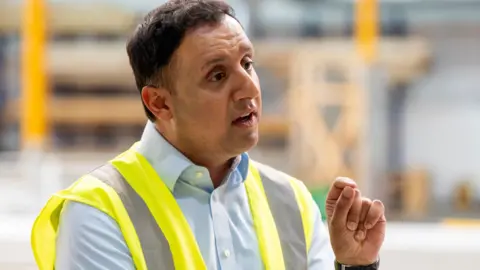 PA Media
PA MediaThese are challenging conditions for Scottish Labour to regain power at Holyrood after nearly two decades in the wilderness.
That is the national picture suggested by a relatively limited number of opinion polls. This election is for a single constituency for which no formal polling has been published.
In other words, there is plenty of room for surprise, especially if voters stay at home and turnout is low.
At the start of this by-election campaign, a Labour source told me they would have a chance if the focus was on the SNP’s record in government – on issues like long waits for NHS treatment.
The same source said that if the vote became a referendum on Labour’s first months in power at Westminster they would be in big trouble.
Labour insiders now say they have identified enough potential support to win in Hamilton, Larkhall and Stonehouse if (and it could be a big if) they can mobilise voters to turn out.
By contrast, SNP campaigners say they are “ahead” while acknowledging that the buzz around Reform UK following their successes in English local and mayoral elections throws in an “unknown” factor.
This is a contest that nobody wanted and there appears to be little enthusiasm for the political choice on offer.
A senior figure in the SNP told me they had found voters angry with Labour but far from impressed with the SNP.

Many of the locals who stopped to chat with me in the centre of Hamilton were thoroughly fed up with politicians of all stripes.
Elizabeth O’Donohue seemed to speak for many when she said: “I think they’re all as bad as each other.”
Des McDonagh, who has voted SNP in the past and tried Labour in 2024, said he was now “totally dismayed with the options available”.
Nicole Copland accused politicians of making “false promises” to reduce the cost of living and said that when she votes “things don’t really change”.
Rising household bills, access to healthcare, taxes on small businesses and revitalising town centres are all issues that have come up in this campaign.
The public frustration with established parties is palpable and this is where Reform UK has spotted an opportunity.
They have no track record of election, never mind government, at any level in Scotland. Their key figures are councillors who have defected from the Scottish Conservatives.
The party is now targeting Labour voters with their UK leader Nigel Farage arguing for the threshold at which working people begin paying tax to be raised to £20,000.
He wants tighter controls on immigration and the asylum system to help pay for this change.
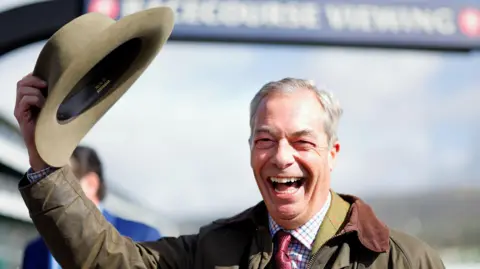 Getty Images
Getty ImagesAcross parties in Scotland, there is an acknowledgement that immigration is being raised by voters more than in the past.
That is a policy area controlled by Westminster rather than Holyrood but that does not prevent discussion.
In this campaign, Reform UK has claimed that the Scottish Labour leader Anas Sarwar would “prioritise the Pakistani community”.
That is the interpretation Reform has placed on a speech Mr Sarwar gave in 2022 at an event celebrating 75 years of Pakistan’s independence – despite him not actually using those words in the clips they have chosen to promote on social media.
They have been accused of racism by the SNP, Labour and the Greens, with the Liberal Democrats attacking Reform UK for “scummy tactics”.
The Conservatives under the leadership of Russell Findlay have largely kept out of the row.
By doubling down on this claim Nigel Farage attracted fresh ire from Holyrood politicians, amplifying what appears to be an attempt to motivate voters for whom immigration is a concern.
I saw examples of support for Reform in this constituency and also heard voters express disgust at the party’s rhetoric.
Reform’s minimum ambition here is to finish third and push the Conservatives into fourth place – a potential outcome for which the Scottish Tories appear to be braced.

Pundits, pollsters and political journalists will analyse the results carefully for insights into voter behaviour with less than a year until every Holyrood seat comes up for grabs.
If the SNP hold on, that would compound the sense that although the party is far less popular than it has been, John Swinney could still be first minister after next year’s Holyrood vote.
If Labour take the seat, that would confound those who have come to believe that Anas Sarwar and his team will struggle to build sufficient support to be competitive in that contest.
Anything other than an SNP or Labour win in Hamilton, Larkhall and Stonehouse would be a huge political upset.
That doesn’t mean that whatever happens in this by-election will be replicated in the national election. They are not the same thing and voting patterns vary across the country.
In the Hamilton area, candidates and boundaries change over time but this corner of Scotland’s post-industrial centre is a consistent source of political intrigue.
That remains the case as voters prepare for their next moment in the political spotlight.
Who is standing in the by-election?
There are a total of 10 candidates contesting this by-election on Thursday 5 June.
They are:
- Collette Bradley – Scottish Socialist Party
- Andy Brady – Scottish Family Party
- Ross Lambie – Reform
- Katy Loudon – SNP
- Janice Mackay – UK Independence Party
- Ann McGuinness – Greens
- Aisha Mir – Liberal Democrat
- Richard Nelson – Conservative
- Davy Russell – Labour
- Marc Wilkinson – Independent




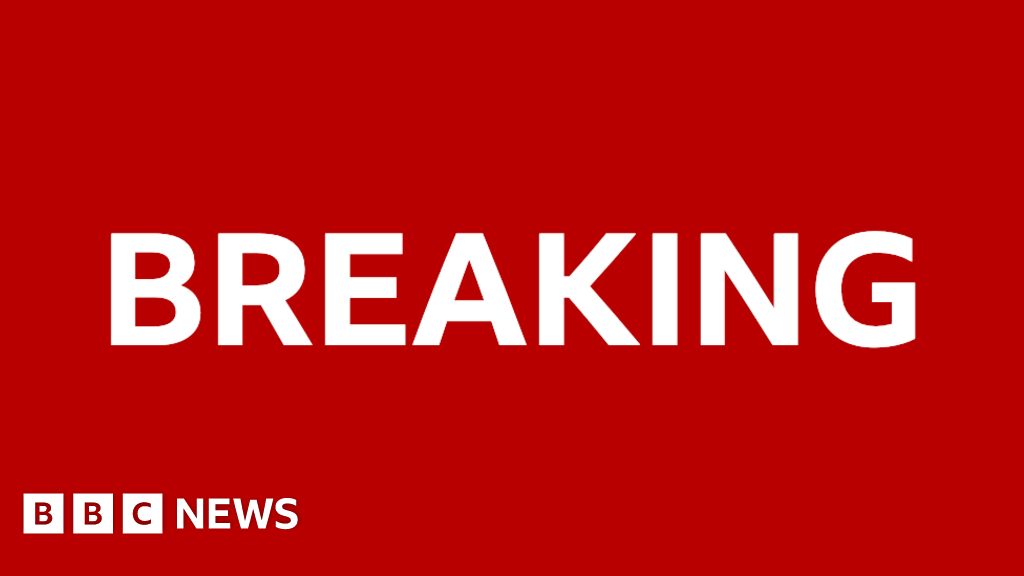


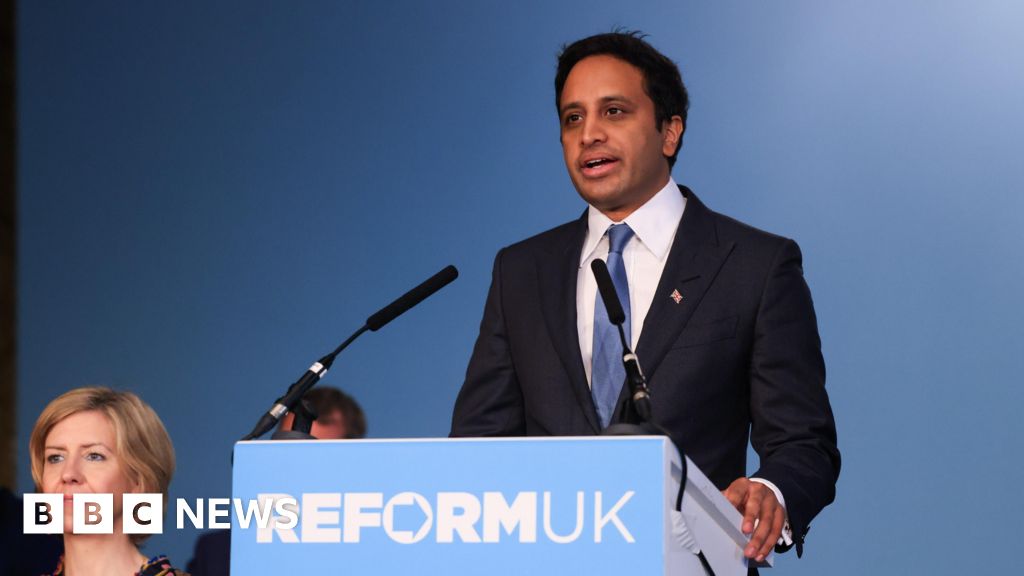
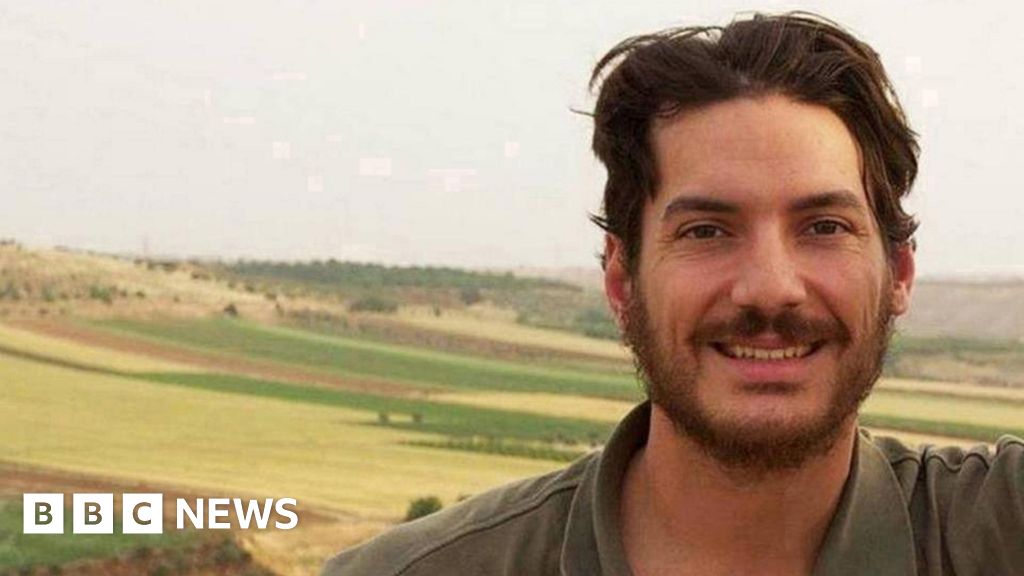

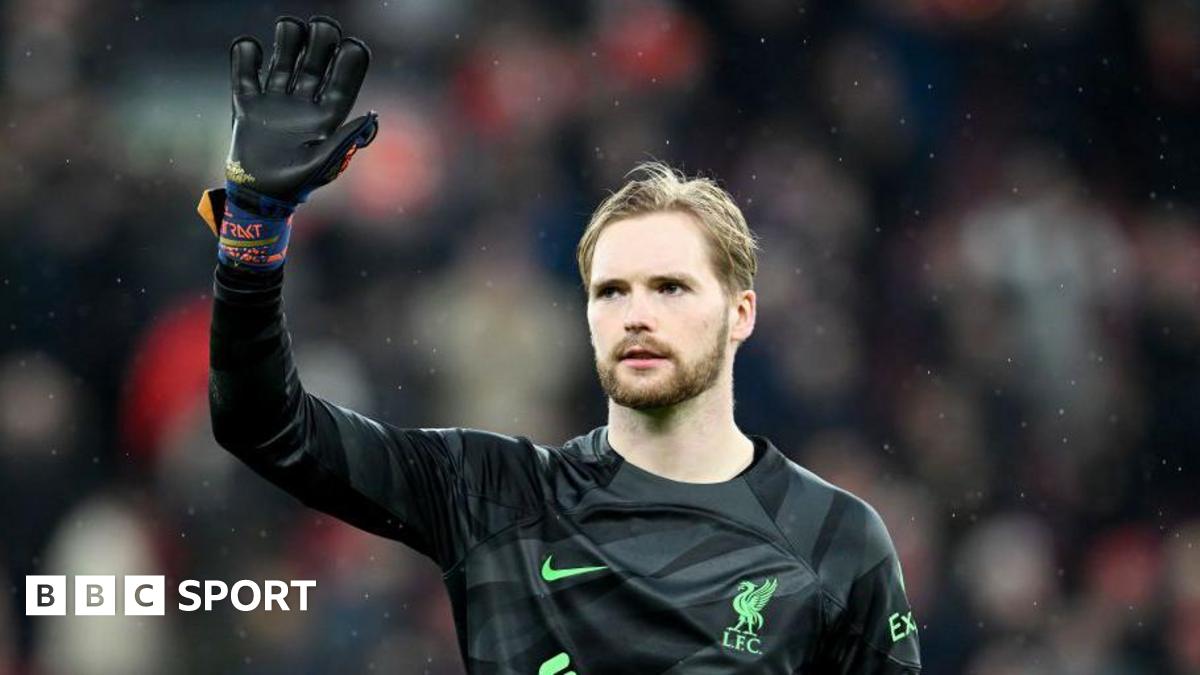
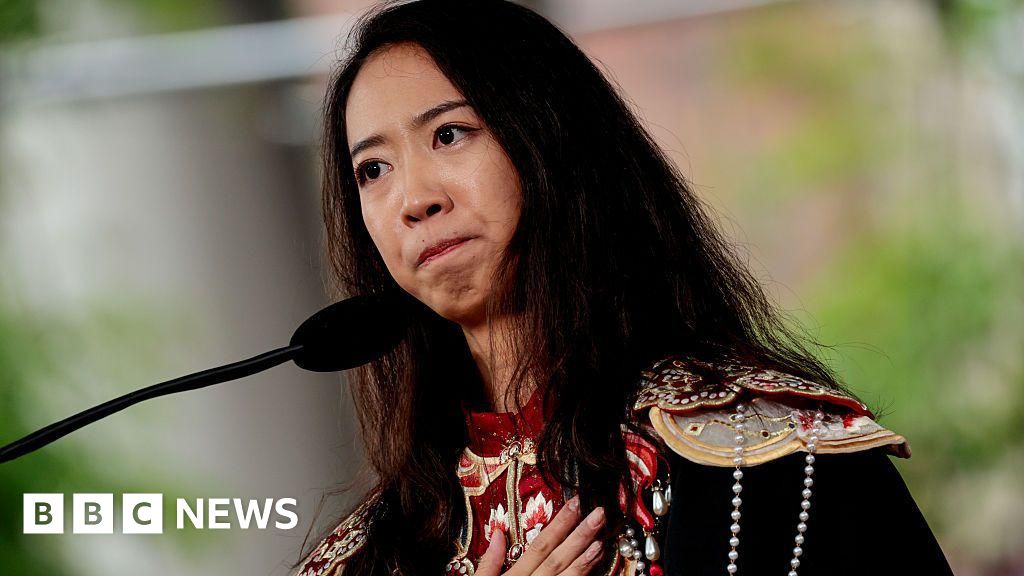





Leave a Reply